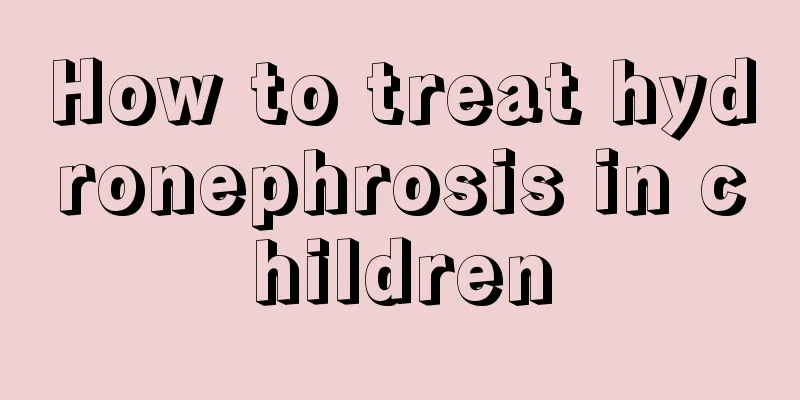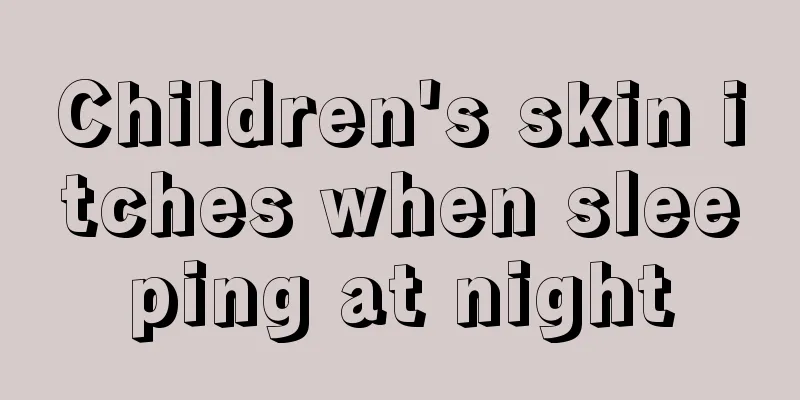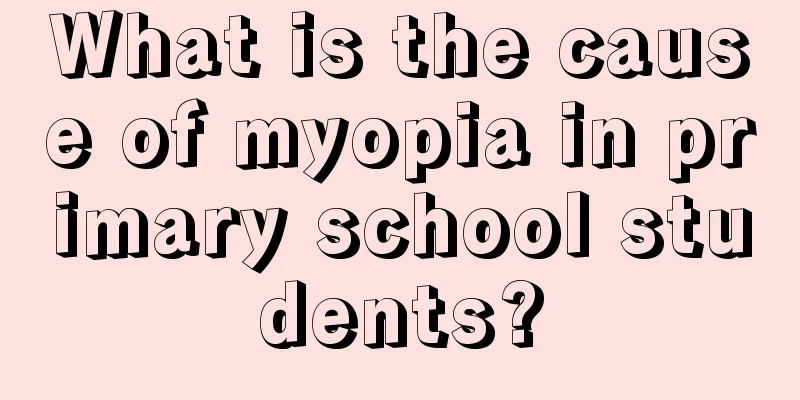How to treat hydronephrosis in children

|
Hydronephrosis is a disease with relatively serious consequences. There are many causes of hydronephrosis, such as kidney stones, kidney disease caused by decreased renal function, etc. Hydronephrosis must be treated promptly. The first is conservative treatment, which uses certain anti-inflammatory methods to gradually eliminate the hydronephrosis. In addition, for more severe hydronephrosis, surgery can be used for treatment. 1. Conservative treatment is required. For patients with mild hydronephrosis and slowly progressing disease, if renal function has reached a balanced and stable state, they can continue to be observed without surgical treatment and only symptomatic treatment will be sufficient. However, regular inspections should still be conducted to understand the progress of water accumulation. Some obstructions that can be resolved on their own, such as physiological hydronephrosis in pregnant women, do not require treatment. 2. Local treatment. While carrying out symptomatic treatment, local treatment can be used for lesions at the obstruction site, such as adhesion separation, fibrous band cutting, vascular translocation and re-anastomosis, and stone removal. When prolonged local compression has caused severe damage to the local development of the ureter, this section of the ureter should be removed and then anastomosed. When obstruction has caused severe hydronephrosis in the kidneys, fistula drainage must be performed first. 3. Undergo surgical treatment. If hydronephrosis progressively worsens, clinical symptoms become increasingly obvious, renal function continues to decline, and the cause of the obstruction is clear and complications exist, surgical treatment should be performed promptly. Eliminate obstructive diseases that cause hydronephrosis. For example, if it is caused by stones, the stones should be removed; relieve the compression of fibrous bands or aberrant blood vessels; if there is prostatic hyperplasia, electroresection or removal can be performed. Severe hydronephrosis may cause complete loss of function of the affected kidney or severe infection and pus accumulation, but the contralateral kidney functions well, and the affected kidney may be removed. |
<<: Can astigmatism in children be cured? How to treat it?
>>: What to eat for children with poor resistance
Recommend
What to do if your child has thyroiditis
Children are very likely to suffer from thyroidit...
How to treat hemangioma on baby’s head? Treatment of hemangioma on baby's head
Hemangioma is also common in infants' heads. ...
Why does my child have a bad taste in his mouth?
Bad breath is a disease of the oral cavity, and t...
How long does it take for a baby to be in danger if he falls on his head?
Babies love sports very much and have plenty of e...
How to deal with eye discharge in children, mothers need to read
If a child has eye mucus, mothers should pay atte...
What causes white spots in baby's mouth?
Once some babies have problems, they need timely ...
Why do children have yellow teeth?
Because children are not like adults. They are in...
What to do if blisters appear on the soles of babies' feet
Babies grow up under the care of their parents si...
What should I do if my baby has a fever, convulsions, or seizures?
We all know that if a child has a high fever, it ...
What to do if a 7-year-old child doesn't like to eat?
Nowadays we are particularly concerned about chil...
Reasons why babies sweat a lot in summer
Many mothers have found that their children's...
Is it ok for children to eat olive oil?
I believe many friends are familiar with olive oi...
What should I do if my child hits his head and gets a big bump?
Every child is a treasure in the eyes of his or h...
Treatment for newborn spit-up
Newborn spitting up often makes our parents at a ...
Why does my two-month-old baby snore when he sleeps?
Adults often snore when they sleep, but two-month...









